Scientist-led conferences at Harvard, Stanford and MIT
-
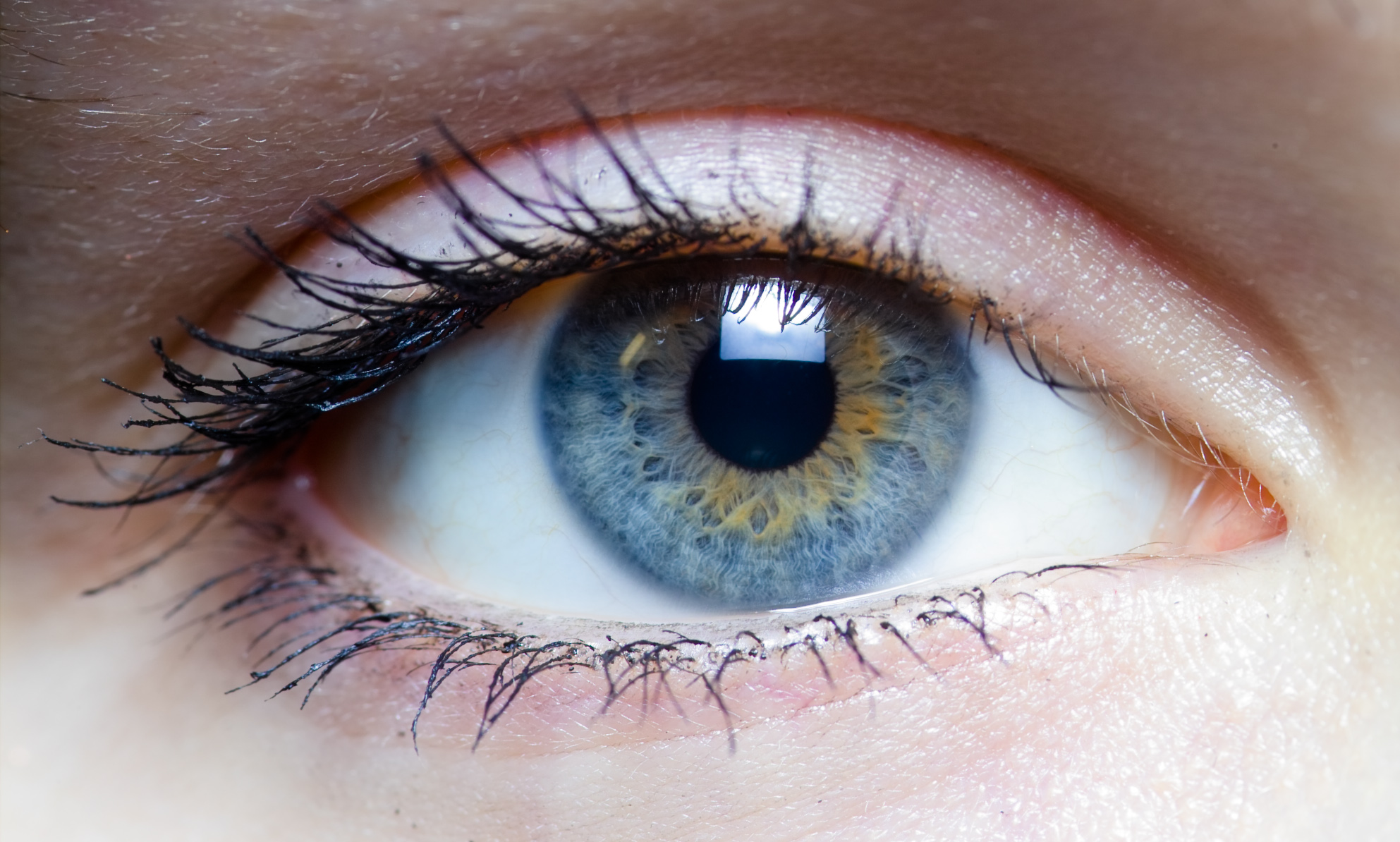
Eye sensor tracks intraocular pressure changes
University of Washington researchers have designed a sensor that could be placed permanently in one’s eye to track pressure changes. It would be embedded with an artificial lens during cataract surgery. The sensor would detect pressure changes instantaneously and then wirelessly transmit the data using radio frequency waves. Eye pressure is thought to vary throughout…
-
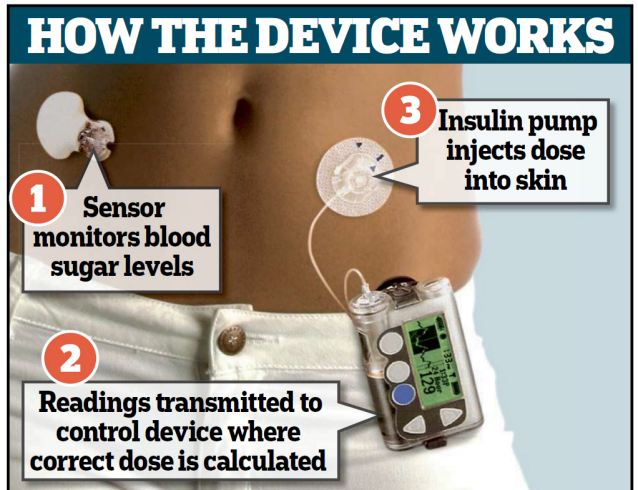
“Bionic” pancreas passes initial tests
A wearable “artificial pancreas” passed initial tests, constantly monitoring blood sugar and automatically giving insulin or a sugar-boosting drug as needed. The experimental device is being developed by Boston University professor Edward Damiano, Mass General doctor Steven Russell, and colleagues. The “bionic” pancreas improved blood-sugar control more than standard monitors and insulin pumps when tested for…
-
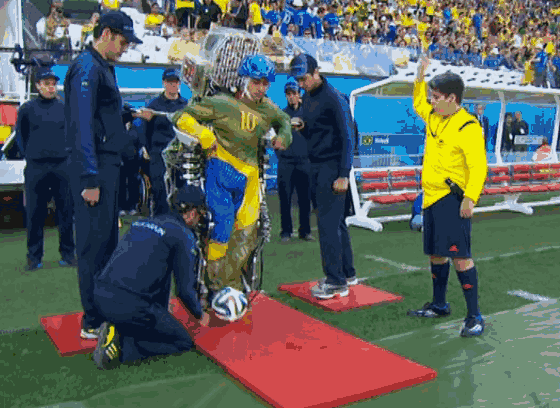
Paraplegic controls exoskeleton with mind, kicks off World Cup
As ApplySci predicted in January, Julian Pinto, a paraplegic, successfully kicked off the World Cup in Brazil this week. Pinto was aided by a mind-controlled exoskeleton created by Duke Professor Miguel Nicolelis and a team of 150 researchers involved in the Walk Again Project. They named the device the BRA-Santos Dumont, a combination of the three-letter…
-
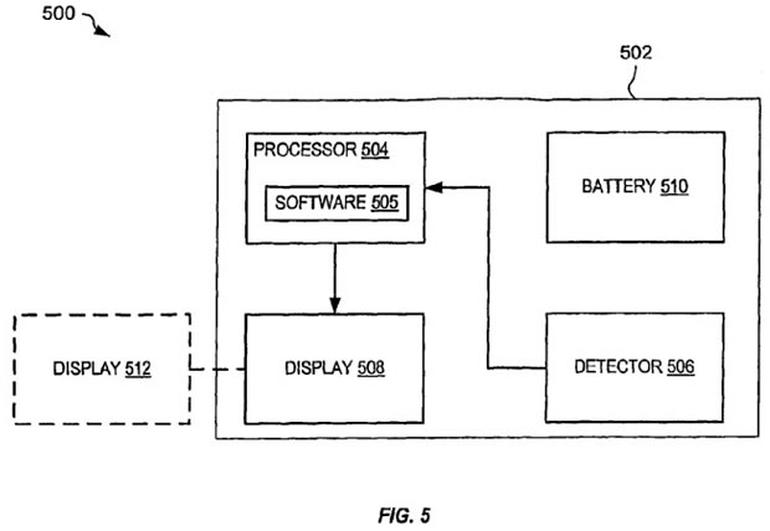
Apple patents weightlifting tracker
Apple’s U.S. Patent No. 8,749,380 is a “shoe wear-out sensor, body-bar sensing system, unitless activity assessment and associated methods.” The patent describes a system where a sensor-laden device attaches to a weightlifting bar and counts and displays repetitions. A watch for remote readings is included. It is widely thought to be a part of an iWatch weightlifting…
-
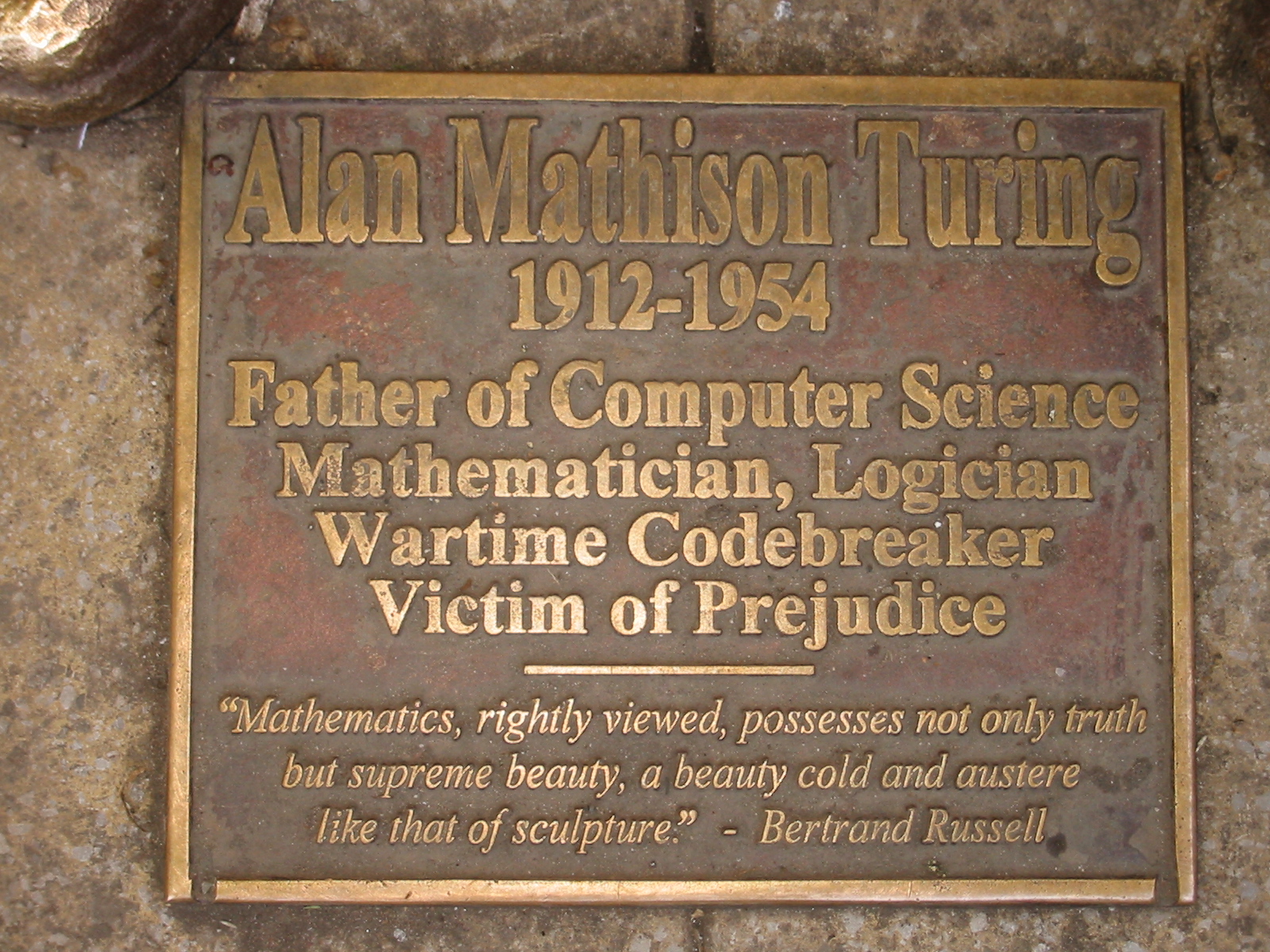
Chatbot passes Turing Test
A chatterbot named Eugene Goostman has become the first to pass the Turing Test. “Eugene” and four other contenders participated in the Turing Test 2014 Competition at the Royal Society in London. Each chatterbox was required to engage in a series of five-minute text-based conversations with a panel of judges. A computer passes the test if…
-

“Neurotic Robots” mimic human brain function
UC Irvine professor Jeff Krichmar and colleagues are experimenting with robotic awareness and trying to teach mechanical brains to behave more like human and animal brains by programming traits that mimic obsessive-compulsive disorder or a fear of open spaces. Professor Krichmar presented his research this week at the IEEE International Conference on Robotics and Automation in Hong Kong.…
-
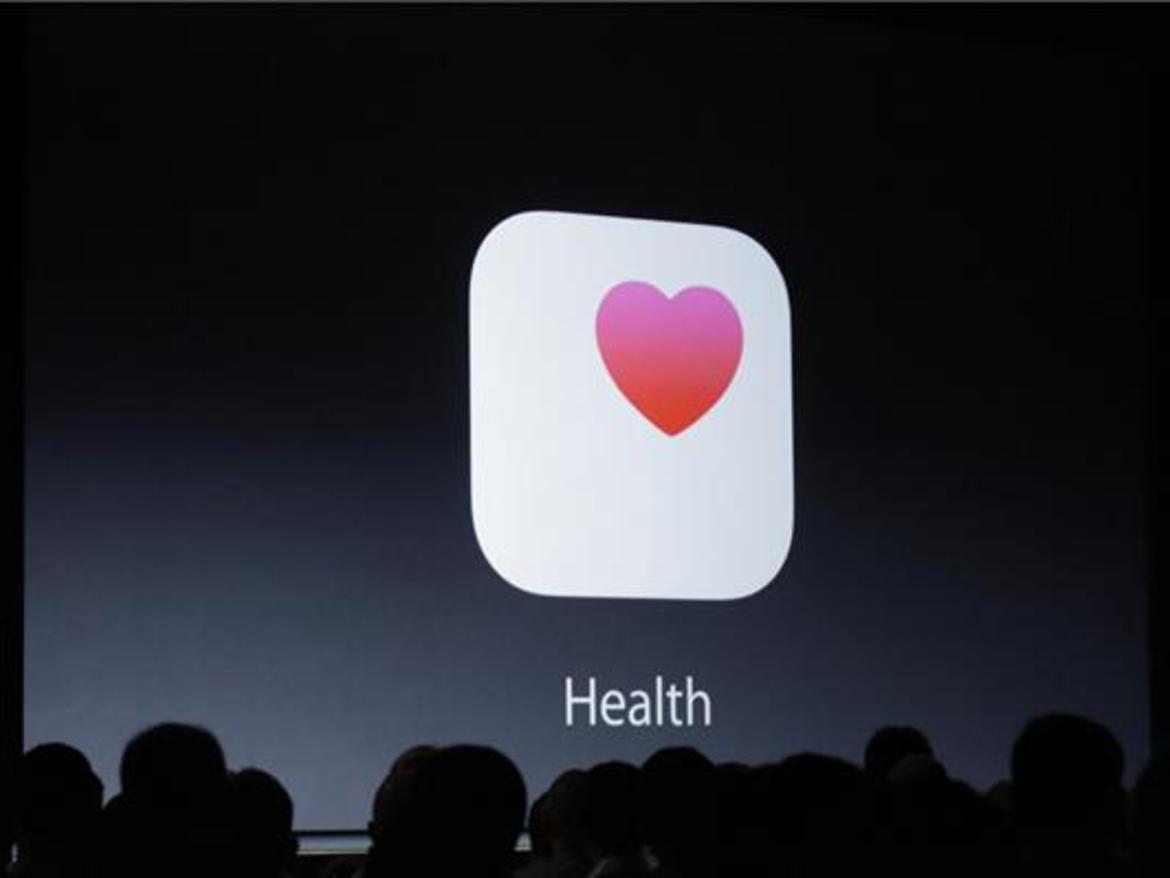
Apple focuses on digital health
This week, Apple announced its Health app and Healthkit framework in an attempt to standardize and the collection, display, and interpretation of of personal health data. In a new ad, aired yesterday, the company highlights fitness hardware, including Misfit Shine, Zepp Golf Sensor, Adidas miCoach Smart Ball, Wahoo Fitness Blue and Withings Healthmate, and health apps including Nike+…
-
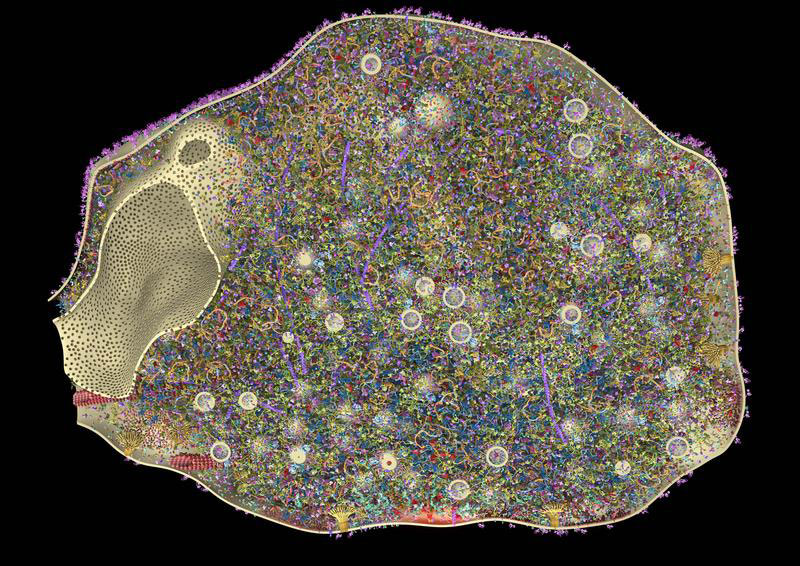
First 3D synapse model
Benjamin Wilhelm and colleagues the University of Göttingen Medical Center have developed a detailed 3D model of a synapse. Millions of nerve terminals from rat brains were isolated. A combination of electron microscopy, mass spectrometry, antibody staining, and super-resolution fluorescence microscopy determined the abundance and distribution of 62 proteins crucial for the synaptic vesicle cycle. “Our model shows that…
-
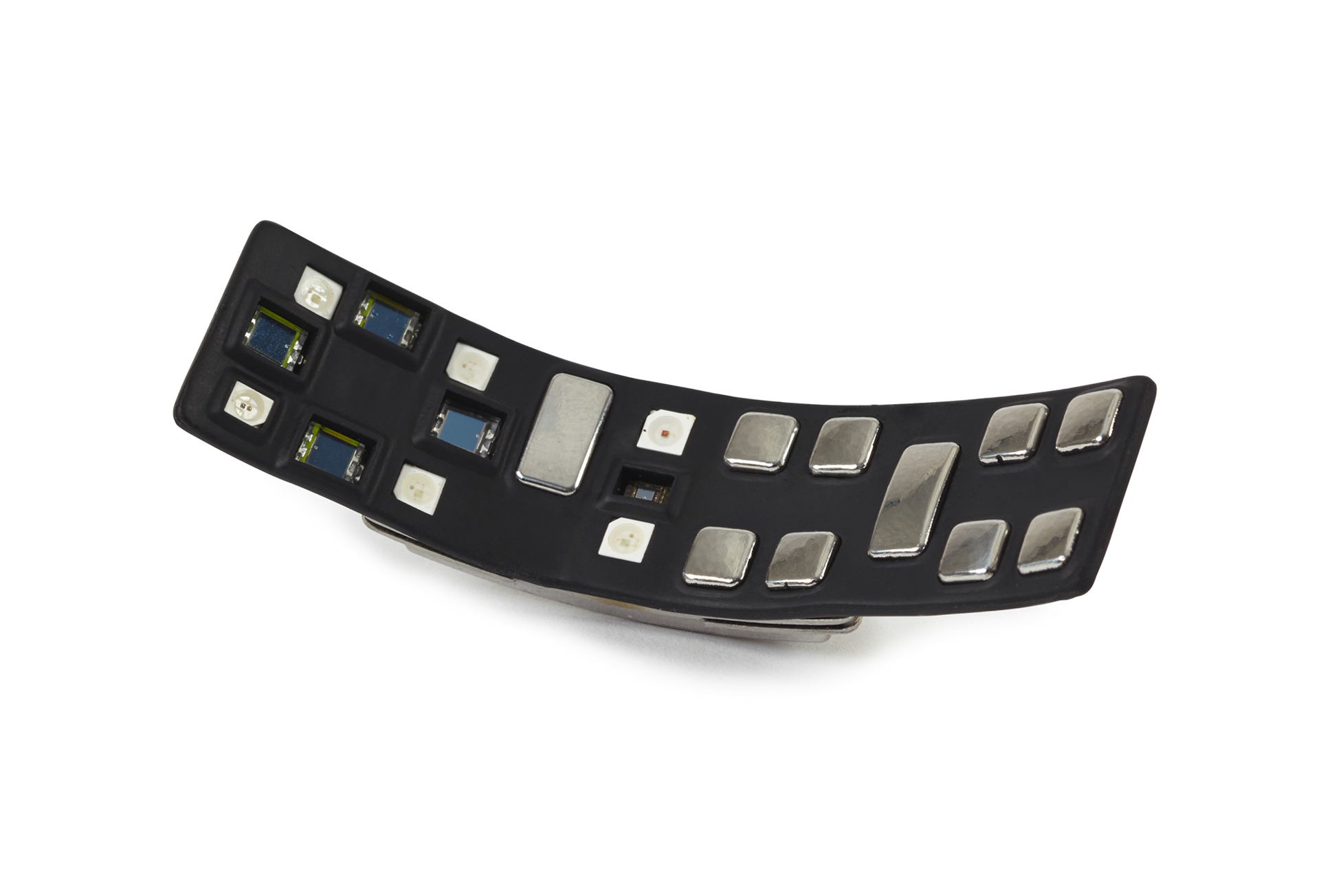
Samsung announces Simband health tracker
Samsung’s forthcoming Simband, pitched as a common platform for wearable health sensor development, will record and analyze user vital signs in real time. Data will be uploaded directly to the cloud, with out the need for a smartphone. Simband has multiple sensors, a thin removable battery and a small motherboard. It is powered by a…
-
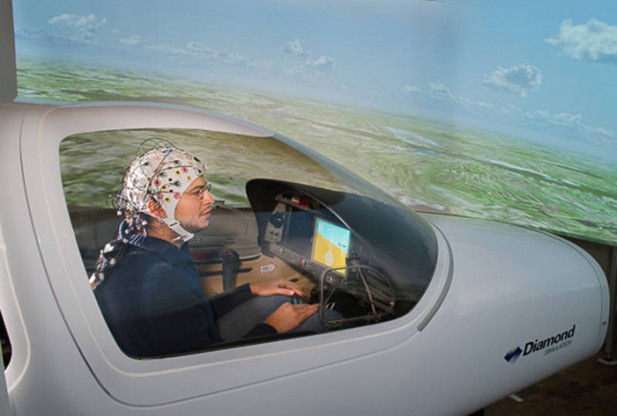
Brainflight project for BCI enabled flying
Professor Florian Holzapfel and colleagues at the Institute of Flight System Dynamics of the Technische Universität München have demonstrated the feasibility of flying via brain control. Brainwaves of the pilots are measured with EEG electrodes connected to a cap. An algorithm developed by Team PhyPa at the Berlin Institute of Technology deciphers electrical potentials and converts them into…
-
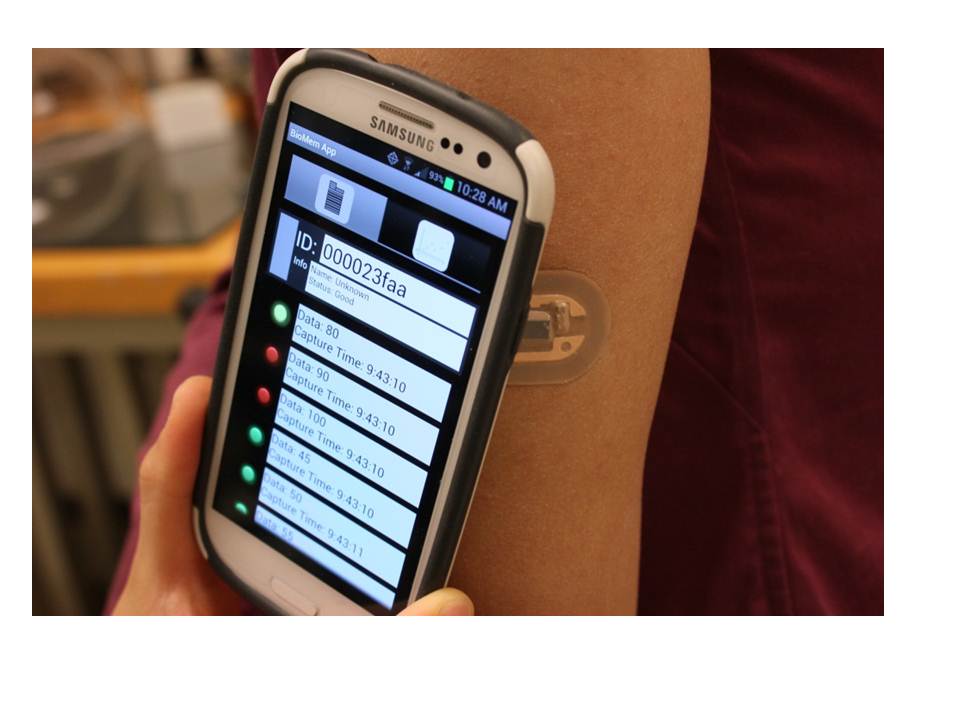
Sensor “band-aid” assesses physical and cognitive performance
Airmen at the Wright-Patterson Air Force Base are testing bandage-like sensors that analyze sweat to assess physical and cognitive performance. This is based on a study by Dr. Josh Hagen of the Air Force Research Lab. The sensors notify users when stress, dehydration, and other health issues are detected. “Our vision is that every Airman at the beginning…
-
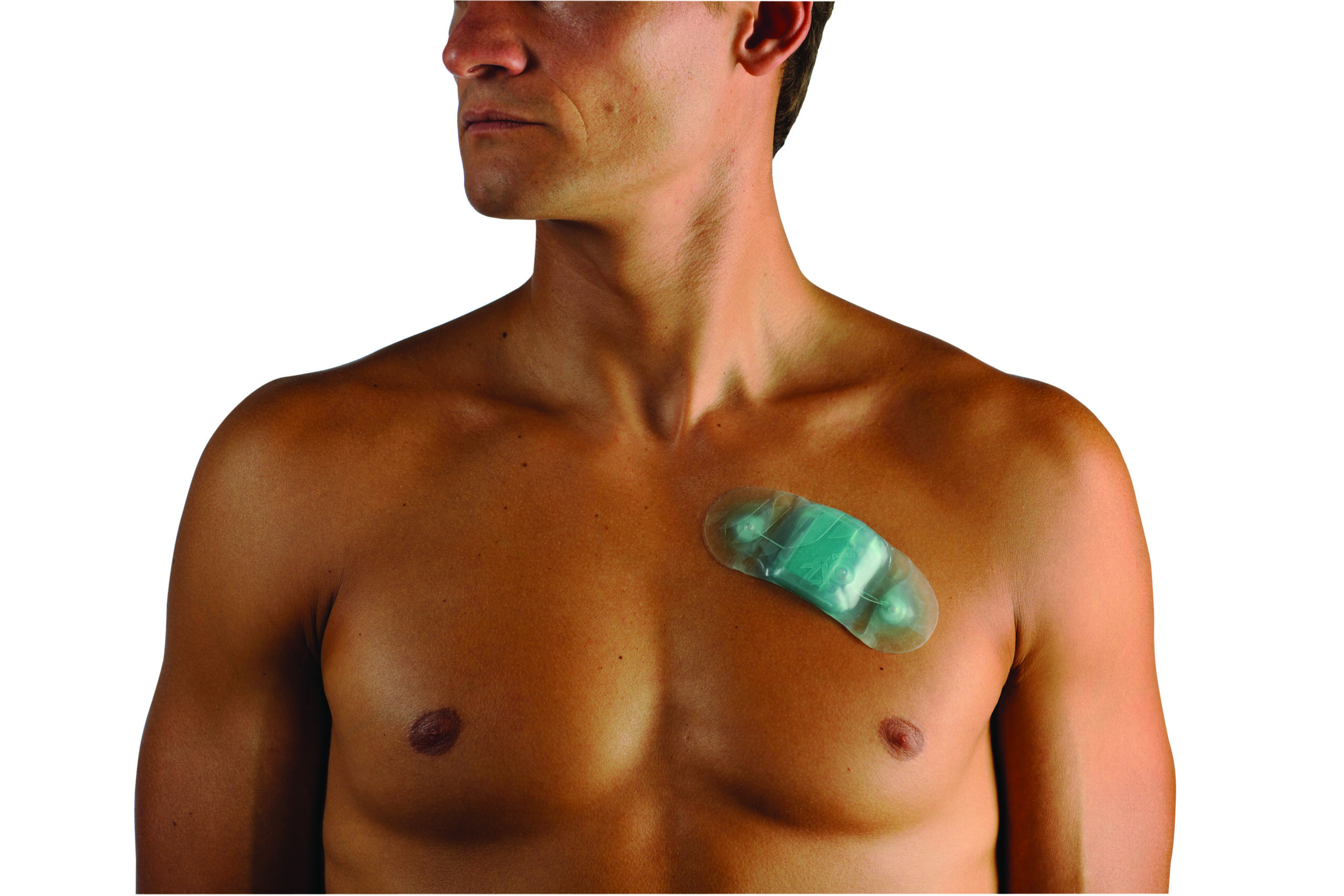
Arrhythmia monitoring patch
The iRythm Zio patch is a wearable sensor used to monitor arrhythmias in cardiac patients for up to two weeks. While it is a continuous monitor, the device also has a large button on top for patients to capture symptomatic events. This is an alternative to the 24 hour Holter monitor. The FDA approved device…
Got any book recommendations?